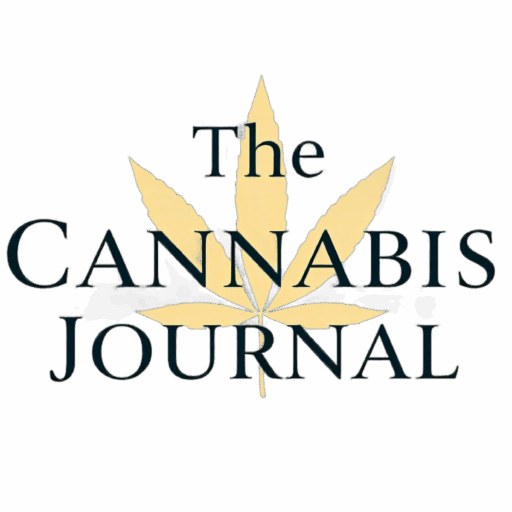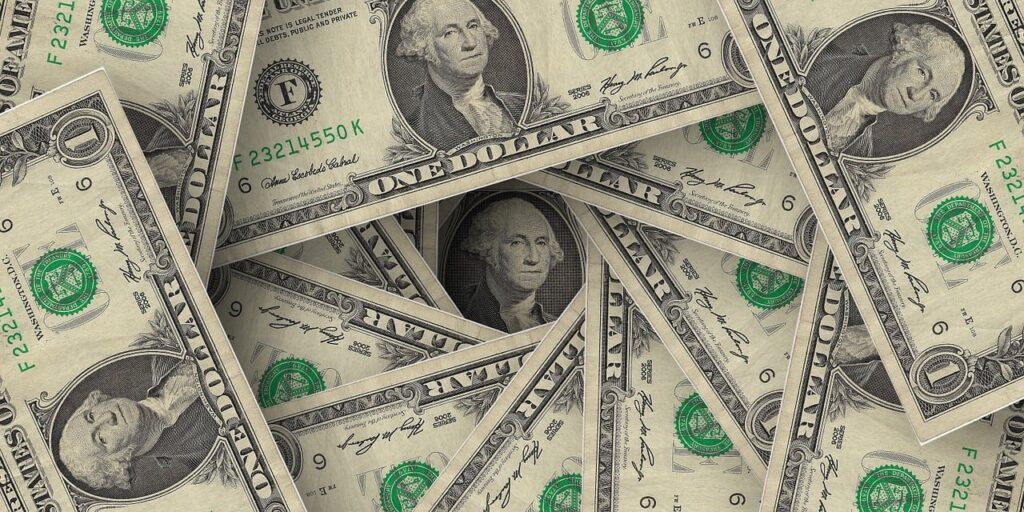Highlights;
- The dollar index (DXY) fell 0.24% due to equity market rebounds and increased chances of a Fed rate cut.
- US July JOLTS job openings dropped to a 10-month low, signaling a weaker labor market.
- Fed officials are divided on monetary policy, with some calling for rate cuts and others advocating for balance.
- Geopolitical tensions and concerns about Fed independence weighed on the dollar.
- Gold and silver prices rose, supported by safe-haven demand amid economic uncertainty and political risks.
Here’s a rewritten version of the content with improved readability and flow:
Dollar Index Falls as Equity Markets Rebound
The dollar index (DXY00) dropped 0.24% on Wednesday, as a rebound in equity markets reduced demand for the dollar as a safe-haven asset. The decline in the dollar accelerated amid heightened expectations of a potential Federal Reserve rate cut later this month. This followed the release of the July JOLTS job openings report, which fell to a 10-month low of 7.181 million—below the expected 7.380 million. The weaker labor market data signaled a potential slowdown in the economy.
US Economic Data Weakens Further
- July JOLTS Job Openings: Fell by 176,000 to 7.181 million, reflecting a cooling labor market.
- July Factory Orders: Declined 1.3% month-over-month, matching expectations and marking the second consecutive monthly drop.
Fed Beige Book Points to Stagflation Concerns
The Fed Beige Book highlighted signs of stagflation, noting that most Federal Reserve districts reported little to no change in economic activity. Consumer spending was flat or declining as wages struggled to keep up with rising prices. Additionally, districts reported tariff-related price increases, particularly impacting input costs.
Fed Officials Comment on Monetary Policy
- Fed Governor Christopher Waller: Indicated that the fed funds rate is currently above the neutral rate, suggesting that monetary policy is restricting economic growth. He emphasized the need to cut interest rates at the next meeting and implement multiple cuts in the coming months.
- St. Louis Fed President Alberto Musalem: Stressed the importance of a balanced approach to policy, avoiding overemphasis on supporting the labor market or combating inflation.
- Atlanta Fed President Raphael Bostic: Reiterated his expectation of one interest rate cut this year, prioritizing price stability and noting that the labor market’s weakening trend is not yet clear.
Concerns Over Fed Independence and Capital Flight
President Trump’s move to fire Fed Governor Lisa Cook has raised concerns about the central bank’s independence. If successful, this could lead foreign investors to lose confidence in the Fed and the dollar, potentially shifting their investments to non-dollar assets.
Federal Funds Futures Pricing
Futures markets are pricing in a 95% chance of a 25-basis-point rate cut at the September 16-17 FOMC meeting and a 56% chance of another 25-basis-point cut at the October 28-29 meeting.
EUR/USD Gains on Dollar Weakness
The euro (EUR/USD) rose 0.15% on Wednesday, supported by dollar weakness and stronger-than-expected Eurozone July PPI data. However, gains were limited by the downward revision of the Eurozone August S&P composite PMI to 51.0.
Eurozone Economic Updates
- July PPI: Rose 0.2% year-over-year, slightly exceeding expectations of 0.1%.
- August S&P Composite PMI: Revised downward to 51.0 from 51.1.
Geopolitical TensionsImpact Euro
Diplomatic efforts to end the war in Ukraine remain stalled, which is weighing on the euro. German Chancellor Merz and French President Macron have called for secondary sanctions on Russia, while German Chancellor Merz believes a meeting between Russian President Putin and Ukrainian President Zelensky is unlikely. The ECB is seen as having only a 1% chance of cutting rates at its September 11 meeting.
USD/JPY Declines
The yen strengthened against the dollar (USD/JPY fell 0.19%) on Wednesday, supported by weaker US JOLTS data and revised Japan August S&P services PMI, which rose to 53.1 from 52.7.
Precious Metals Rally Continues
- Gold (GCZ23): Closed up $43.30 (1.21%) at a new contract high.
- Silver (SIZ23): Gained $0.468 (1.13%) to a 14-year high.
The rally in precious metals was supported by a weaker dollar, falling Treasury yields, and increased demand for safe-haven assets amid concerns over Fed independence, sticky inflation, and spiraling budget deficits. Additionally, political uncertainty in France and ongoing geopolitical tensions in Ukraine and the Middle East contributed to gold’s gains.
Disclaimer
The views and opinions expressed in this article are those of the author and do not necessarily reflect the views of Nasdaq, Inc. All information and data are provided solely for informational purposes.
This rewritten version maintains the original information while improving clarity and readability.
Source: https://www.nasdaq.com/articles/dollar-falters-and-gold-soars-fed-rate-cut-chances-increase


